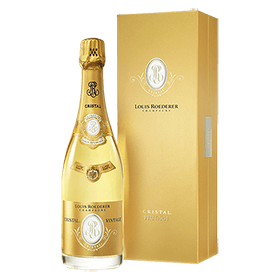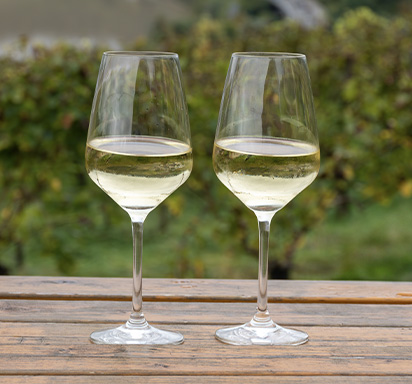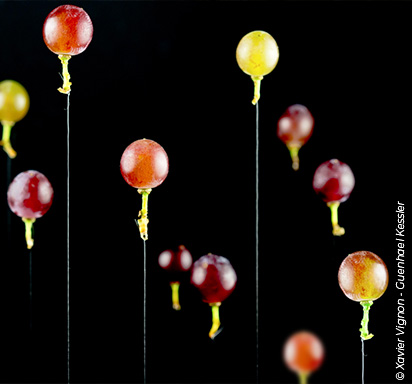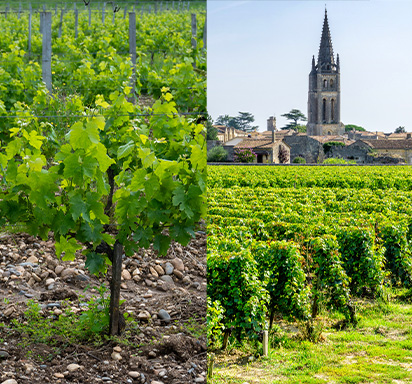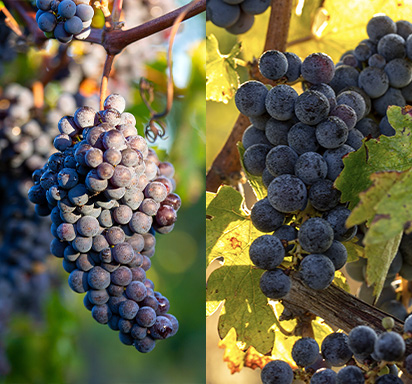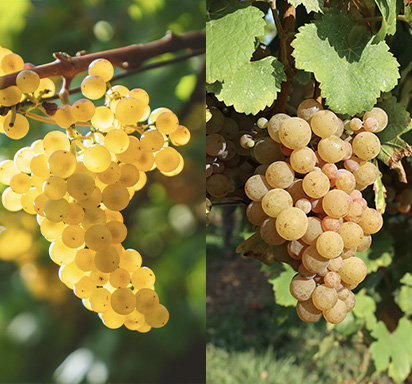Champagne: How many glasses of Champagne are in a bottle?
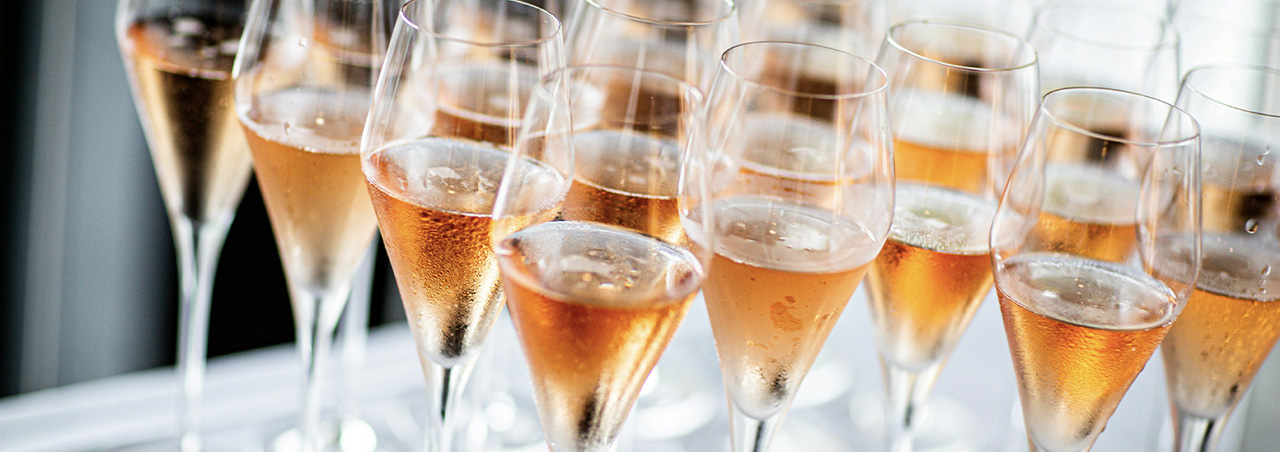
Whether you're hosting a small party or a large-scale event, Champagne is the perfect companion for any celebration. But do you know how many bottles to order for your event? Find out now!
How many glasses are in a 750mL bottle of Champagne?
A standard 750 mL (25.4 ounces) bottle of champagne typically pours five to six glasses. Each glass holds about 4.2 ounces (125 mL), which is the perfect amount to savor the champagne’s aromas and bubbles while keeping the wine at its ideal temperature. This serving size helps maintain the champagne’s freshness and highlights the richness of its flavors throughout the tasting!
Champagne glass or flute: which to choose?
There are three types of champagne glasses, Flutes, Coupe glasses or Tulip Glasses, to learn more about the differences, read our article entitled: Champagne: How to hold a Champagne glass?.
How many bottle of Champagne do I need for my party or event?
Calculating how much champagne you’ll need depends on the number of guests, the type of event, and when the champagne will be served. On average, a 750 mL (25.4 ounces) bottle serves about six 4.2-ounce glasses, though this can vary depending on the size and flow of the event.
For larger gatherings, such as birthdays, christenings, or corporate events, precision is key. If champagne is the only beverage offered, plan for about 4 glasses per guest. You can estimate the number of bottles required with this formula: (Number of guests x 4 glasses x 4.2 ounces) / 25.4 ounces.
For meals, a lighter approach usually works, with one bottle serving 3 to 4 guests. For more festive occasions, like weddings where champagne flows throughout the evening, plan for one bottle per two guests to keep the celebration sparkling!
How many glasses are in half bottles, magnums, and other champagne formats?
A magnum of champagne, with its 1.5-liter capacity, equals two standard 750 mL bottles and serves about 10 to 12 glasses (4.2 ounces each). Larger formats like the jeroboam (3 liters) or methuselah (6 liters) are especially popular for big celebrations, as they allow you to serve more guests while preserving the champagne’s flavor profile. Magnums bottles, in particular, are known to enhance the champagne’s aromas due to their size, which slows oxidation. This slower aging process brings out more complex flavors and finer, more delicate bubbles.
So, how many glasses are there in larger champagne formats? Here’s a breakdown by bottle size:
Half-bottle (375 mL): 3 glasses
Standard bottle (750 mL): 6 glasses
Magnum (1.5 liters): 12 glasses
Jeroboam (3 liters): 24 glasses
Methuselah (6 liters): 48 glasses
How many bottles of Champagne should you plan for an event?
For 10 people
For a gathering of 10 guests, the number of champagne bottles needed depends on the type of service and the flow of the event. For a toast or light aperitif, five 750 mL bottles should be enough, providing about two glasses per person. For a meal or a more festive evening, plan on half a bottle per guest—around five to six bottles in total—to ensure everyone can enjoy the celebration to the fullest.
How much champagne for a wedding?
Champagne, the ultimate symbol of celebration, takes center stage from aperitifs to desserts. To make sure your guests always have a glass in hand, it’s important to plan the right quantities. For tips on how to prepare for your event, check out our article: Wedding Season | Best Wines and Champagnes for a Wedding.
You may like
A dry white wine has little to no residual sugar, offering crisp acidity & fresh flavors. Discover different types, tasting notes, & ideal food pairings for wines like Sauvignon Blanc, Chardonnay, & Pinot Grigio in this guide.
3/7/2025Explore Port wine's rich heritage from the Douro Valley. Discover different styles from Ruby to Vintage, learn about production, grape varieties, and perfect food pairings for this iconic Portuguese fortified wine
2/27/2025Tannins are natural compounds that shape a wine’s structure, texture, & aging potential. They add dryness and astringency, especially in red wines, and enhance food pairings by balancing rich flavors.
1/28/2025The exceptional concentration of top-tier wineries and renowned appellations has long made Bordeaux a place of longing for fine wine enthusiasts and discerning hedonists around the world.
4/18/2025Malbec and Merlot are two beloved red wines, each with unique flavors, tannins,& origins. Malbec offers bold, dark fruit flavors with spice, while Merlot is smoother & more approachable. Learn their differences and food pairings.
4/1/2025Chardonnay and Pinot Grigio are two beloved white wines with distinct flavors. Explore their origins, flavor profiles, body, food pairings, and more to find out which wine suits your taste and occasion best.
3/27/2025
